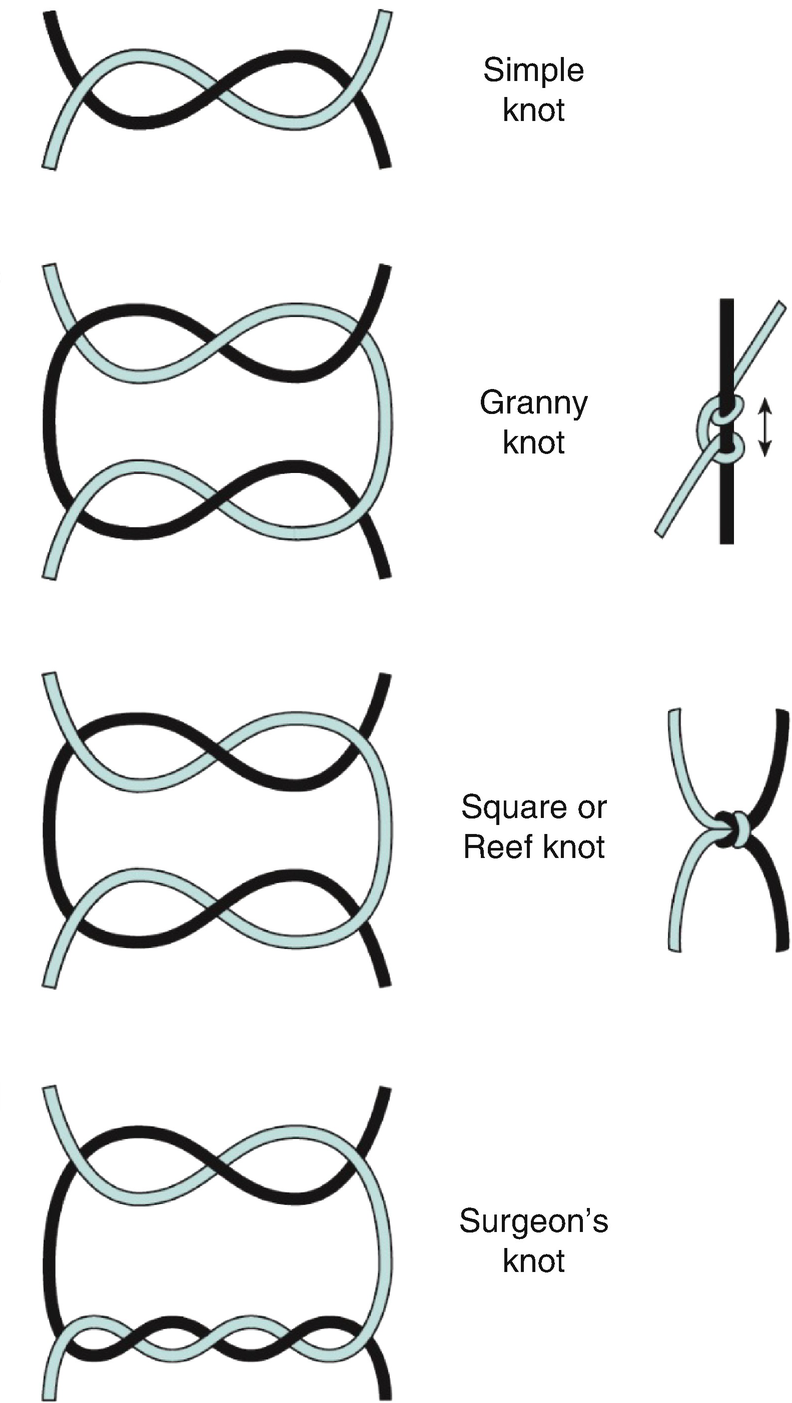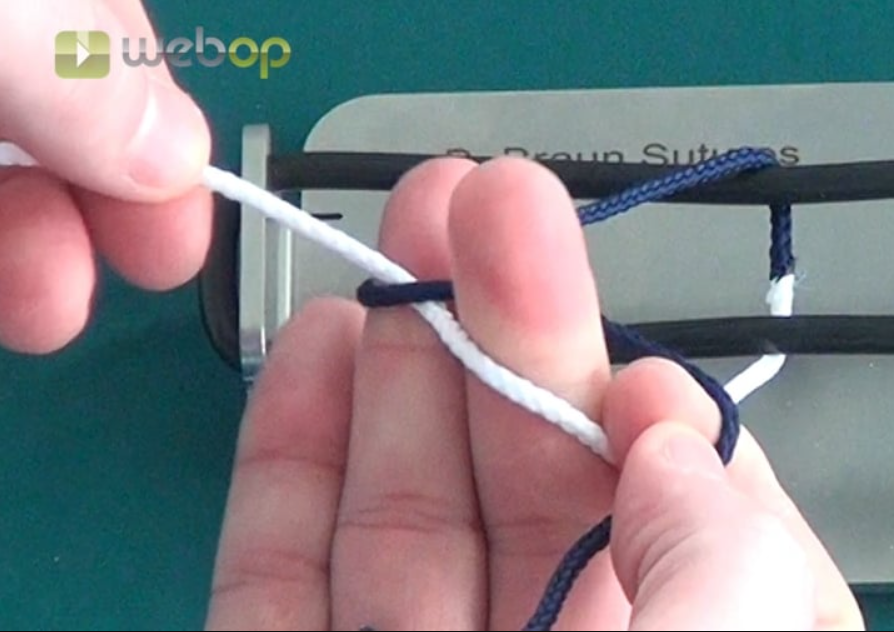
How to Learn Knot Techniques in Surgery With E-Learning
Anyone who wants to become a successful surgeon will have to master the various knot techniques to a very high level. It is all about how surgical cords are used to tie up an opening. There are a couple of ways this can be done.
Are you keen on learning about how to do knot tying? Do you know that you can learn Knotting techniques in surgery accurately through video-based content? If you are not aware of this, then you have come to the right place. This post will be exposing you to how you can undertake knot learning through e-learning.
1 What are surgical knots used for?
Surgical knots or ligatures are those employed in binding suture materials in place whenever tissue binding in surgery occurs. They are often used in veterinary and medical settings.
Knowing how to tie surgical knots effectively is one critical skill that a surgeon cannot do without. After surgery has been performed, it is expected that the knots remain in their position. If they don’t remain intact, it might result in unpleasant things like laparoscopic cholecystectomy, pulmonary resection, as well as hysterectomy. The real reason for a ligature or surgical knot is to ensure the knots are well-tightened while they also remain light in the process.
2 Types of surgical knots
Surgical knots are numerous, to begin with. Whichever one you plan to use will depend on the kind of tissue you are planning to bind, as well as the type of wound you are dealing with. In any case, this section will be showing you several knots that are very common in the world of surgery. These common surgical knots include:
- Basic knots
- Square knot
- Surgeons or friction knot
- Deep tie
- Instrument tie
- Ligation around the hemostatic clamp
- Granny knot.
3 Surgical knots and suturing techniques
Before we begin, you must understand that wounds are generally considered to be primary or secondary. How you bind up the tissues around a wounded section is determined by whether the injury is primary or secondary.
- Primary wound closure
This is a kind of closure done on an injury that has only occurred within a short time. This suturing does not require too much cleaning or preparation. Perhaps, that is why this closure is the most common type.
- Secondary wound closure
This kind of closure is ideal for wounds that were not accurately covered or an injury that has lasted for some days without any closure. You cannot just carry out secondary wound closure because it requires a lot of care and experience.
You can use primary wound closure for all wounds, except in cases where
- Red patches around the wound seem to be increasing
- Pus is coming out from the injured area
- A mass of gaping soft tissue
- Constant high temperature
Regardless of the suturing technique, the most significant thing is that the knot tying method is correctly done. As you must be aware different knot types are used for other wound types.
4 Advantages of learning knot techniques in surgery with e-learning
While knot techniques in surgery are numerous, there are convenient ways through which you can learn and master them on your own. One of such means is through e-learning channels. Here are some of the advantages of learning knot techniques in surgery via e-learning;
- Re-watch it over and over again – you can become a master of a particular knot technique by simply watching it over and over again. It is not like you would need anyone’s permission to do so. Just click on the video and watch it as many times as you want.
- Times of emergency – we never pray; we get caught up in a situation where an emergency surgery will be needed before professional help comes. But these things are bound to happen. So the best way to overcome such challenges is to prepare beforehand. If you are using video-based content to learn about knot techniques, it could help when such opportunities arise. That would be much better than not having any idea of what to do.
- Learn at your convenience – this is not like some routine class where you have to be present at specific times before learning the techniques. E-learning platforms make such lessons available anytime you need them. You know the techniques anytime you deem fit.
5 Reliable e-learning source for different knot techniques in surgery
There are many places you can find learning materials and resources to learn about other knot techniques in the world of surgery. But like the age-long argument, are all of those learning sources trustworthy? How many of them have been adequately vetted in line with best medical practices?
That is why it is recommended that you always go to a platform that can be trusted and relied upon. Anything that has to do with surgery should be considered highly sensitive. Always go after the suitable sources so that you will be sure of whatever you are learning.
That is where Webop E-Learning Surgery comes in handy. They have been promoting video-based learning content for a long time now. All their contents have been prepared by experienced and expert professionals in the field of surgery. That means every single video has been critically examined and accessed to ensure the operational procedures have been done the way they ought to be done. Their contents have been deemed safe by the respective medical authorities. They have also made sure that the videos are suitable for people in the field of surgery and those who are not. Even the Average Joe can watch these videos and put them to practice when he is called upon. You can sign up easily and go through all their videos and select any video of your choice to start learning the different knot techniques.












